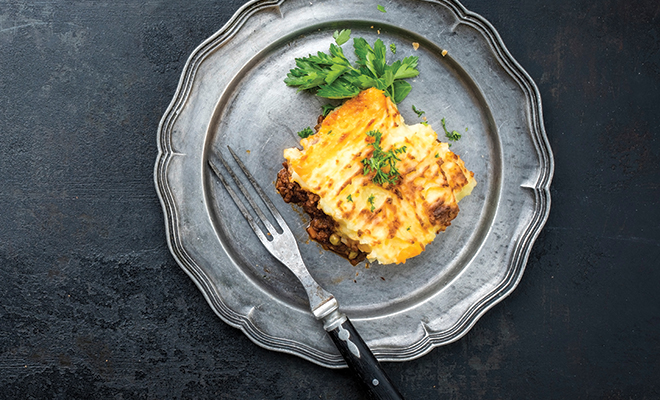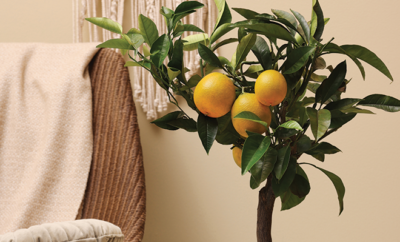
Pewter: Beautiful and Functional
The ancient alloy, pewter, is used today as functionally as it was in the 11th century Pewter can be seen regularly through jewelry, home décor and building trades.
For many reasons, pewter has had lasting power through time. Its price point is affordable and the alloy has an amazing resistance to the tarnish that afflicts silver pieces. Thus, pewter pieces used throughout the home provide affordability and functionality all wrapped up in one sparkling, tarnish-free, silver-toned package.
History
Pewter has quite a history; known as the “poor man’s silver,” the metal was first seen in an Egyptian tomb from 1450 BCE. The metal was first extensively used in the beginning of the Bronze Age and in the Near East. It gained popularity through its use for church vessels and provided functionality at home through objects such as cauldrons. Since cauldrons were mainly used for cooking over open fireplaces, durability and heat resistance were prized qualities.
Chemical Composition
The oldest forms of pewter had a base of tin with quantities of lead. This chemical composition creates an unsafe usage for food storage, serving or coming in contact with the skin in any way. Newer forms of pewter, without lead, are made with tin and copper or other safe metals. Specifically, this malleable metal alloy is composed of 95 to 99 percent tin mixed with copper, antimony and bismuth. The copper and antimony act as hardeners to the malleable metal, tin.
In the Home
Pewter can be seen among building trades through light fixtures, countertops, fireplace inserts and mantels. However, pewter can also be found in many decorative household items ranging from candlesticks and vases to napkin rings, picture frames, utensils and outdoor furniture. Pewter also creates a beautiful touch throughout the home when used for small finishes and fixtures such as towel racks and curtain rods. Over the past few years the colors of pewter and grey have seen resurgence in home décor, from objects to fabrics to floor finishes. Some of the popular colors include the word pewter, as a reference point of color. Revere Pewter by Benjamin Moore and Sherwin-Williams’ Pewter Cast are both extremely popular colors today.
Decorating With Pewter
There are many fabulous ways to incorporate pewter in home décor. Many designers prefer vintage objects in pewter for their clients, as there is no polishing necessary, in contrast with silver. This makes it much more functional and lasting in the home. New pewter flatware is a common way of decorating with the metal, and vintage pewter in any shape or form is great to add character. Pewter chargers give some shine to your china place settings, especially if echoed with candleholders or candelabra. Pitchers are especially charming for end tables; change out silk or fresh flowers to reflect the current season.
If you’re looking to begin a collection of antique pewter objects, look for maker’s marks, verification marks and owner’s marks to distinguish original from reproduction items. If you find a treasure, washing with hot soapy water can remove grime, but always use a professional restorer to bring a piece back to its original luster.
Pewter Jewelry
Beyond the home, the malleable metal alloy is found quite often in jewelry and other personal accessories including necklaces, key rings, pins, and cuff links. Despite its poorer-cousin-to-silver reputation, there are benefits to using pewter for jewelry. Its price point and lack of tarnishing seem to be the best attributes, but the pliability of pewter makes it easier to create a complex and elegant piece of jewelry. Many jewelers also can polish pewter to mimic silver, platinum or other white metals, adding to its elegance. The alloy is also nickel free, which means it is hypoallergenic, so anyone can wear the piece.
Cleaning Pewter Jewelry
Pewter does not tarnish; however, you may be looking to clean a vintage piece of jewelry or an item you’ve just inherited to give it new life. It is recommended you clean by mixing ½ cup of baking soda with 1 cup of boiled water. Place the item in the mixture, if you need to scrub then gently use the soft side of a sponge. Rinse with clean water and dry thoroughly.
Where to Buy Pewter
Purchase pewter finishes for your home with the advice of your interior designer or simply because you love the look. Paint finishes in a high-gloss enamel provide gleam and are just as easy to care for. Your local antique dealers and your grandmother’s collection may yield surprises. You never know what the family has held onto that can add a personal feel and deep emotion beyond just a small object sitting on a shelf. ■
Sources: hunker.com, maisondecinq.com, wikipedia.org and belmontmetals.com.







